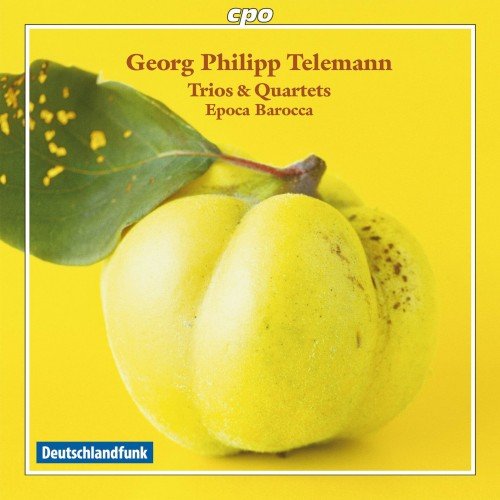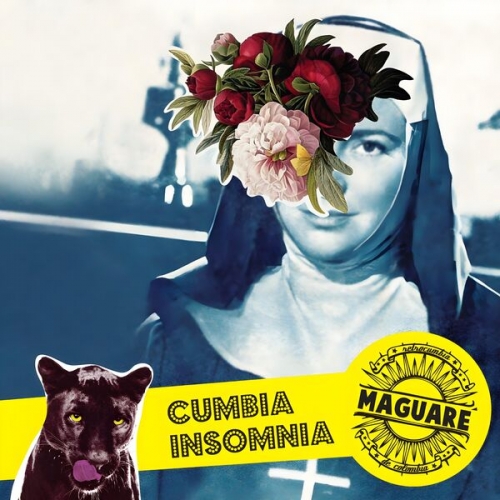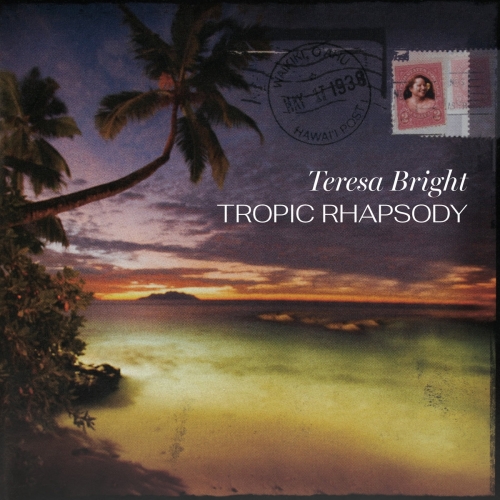Epoca Barocca - Telemann: Trios & Quartets (2011)

Artist: Epoca Barocca
Title: Telemann: Trios & Quartets
Year Of Release: 2011
Label: CPO
Genre: Classical
Quality: FLAC (image + .cue, log, artwork)
Total Time: 01:05:01
Total Size: 309 MB
WebSite: Album Preview
Tracklist:Title: Telemann: Trios & Quartets
Year Of Release: 2011
Label: CPO
Genre: Classical
Quality: FLAC (image + .cue, log, artwork)
Total Time: 01:05:01
Total Size: 309 MB
WebSite: Album Preview
Quadro in D major for 2 Transverse Flutes & 2 Bassoons, TWV 43:D2
01. Dolce
02. Allegro
03. Grave
04. Allegro
Trio in D minor for Transverse Flute, Oboe & b.c., TWV 42:d4
05. Largo
06. Allegro
07. Affettuoso
08. Presto
Quadro in F major for Oboe, 2 Bassoons & b.c. (Original: Sonata TWV 42:F16)
09. Adagio
10. Presto
11. Sarabande
12. Menuet
Quadro in A major for 2 Transverse Flutes & 2 Violoncellos, TWV 43:A2
13. Vivace
14. Largo
15. Allegro
Trio in G major for Transverse Flute, Oboe & b.c., TWV 42:G13
16. Adagio
17. Allegro
18. Largo
19. Allegro
Sonata in G minor for Oboe & Bassoon, TWV 41:g12
20. Sonata [sic]
21. Allegro
22. Aria
23. Gigue
Trio in E minor for Transverse Flute, Oboe & b.c., TWV 42:e9
24. Largo
25. Allegro
26. Affettuoso
27. Vivace
Quadro in E major for 2 Transverse Flutes & 2 Violoncelli, TWV 43:E1
28. Gratioso
29. Allegro
30. Tempo giusto
31. Allegro
The quadri or quartets of Georg Philipp Telemann were among the first works to use that name and have sometimes been proposed as ancestors of the string quartet. They may or may not be that, but they're among Telemann's most progressive works, exploiting instrumental contrasts and pairing them with harmonic experiments. Sample the Quadro in E major for two transverse flutes and two cellos, TWV 43:E1, which could almost be early Haydn. The weakening role of the basso continuo in later Telemann chamber music like that on this album is shown by the fact that the quadro or trio designated by the work title sometimes includes the continuo and sometimes does not; in the Quadro in A major for two transverse flutes and two cellos, TWV 43: A2 (tracks 13-15), there is still a continuo, but it is clear from the setting that Telemann regards it as peripheral. The sunny mood of that work is typical of the entire program; even the minor-key pieces are affecting rather than sad. The biggest contribution of the historical-instrument group Epoca Barocca is its use of a variety of continuo instruments, loosening up the ubiquitous harpsichord-and-gamba model. This has the virtue of reflecting what may well have been done in the 18th century, where no doubt what was available was used, and the continuo forces are also nicely deployed here to underscore the relative significance of the continuo part. Where the upper parts are harmonically active, they are only lightly shadowed by Matthias Spaeter's archlute, while other pieces have a more conventional harmonic-pulse continuo. Sound is a problem; the group is recorded too close up and you hear every inhalation. But in the main this is a Baroque disc that's enjoyable and interesting both for specialists and for general listeners. -- James Manheim








